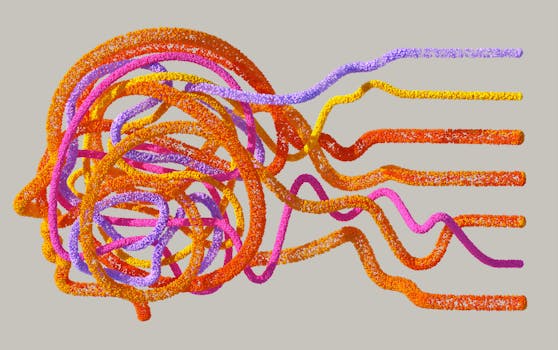What Neuroscience Teaches Us About Risky Decisions
Introduction: Understanding Risky Decisions Through Neuroscience When faced with a risky decision, how does our brain make a choice? Neuroscience has begun to unravel the complex processes behind our decision-making strategies, especially when risk is involved. This article explores what neuroscience teaches us about making risky decisions, helping us understand the intricacies of the human brain and its impact on our choices.
The Role of the Prefrontal Cortex in Risk Assessment One of the key areas involved in decision-making is the prefrontal cortex. This part of the brain assesses risk and potential rewards and plays a significant role in making calculated decisions. Neuroscientists have found that when this area is activated, individuals are more likely to make safer choices, weighing the pros and cons more thoroughly.
Advantages and Disadvantages The activation of the prefrontal cortex helps in making more rational decisions, reducing impulsivity. However, excessive analysis can lead to decision paralysis, where an individual becomes overly involved in weighing every possible outcome and fails to make a decision in a timely manner.
Practical Example Consider a professional contemplating a career change. The prefrontal cortex helps them evaluate the risks and benefits of leaving a stable job for a potentially more rewarding but uncertain opportunity.
The Influence of the Amygdala on Fear and Risk Conversely, the amygdala, another brain region, processes our emotional responses, including fear. When faced with a risky decision, a highly active amygdala may lead to choices driven by fear, rather than rational assessment.
Advantages and Disadvantages While this can prevent us from making perilously risky decisions, it can also hinder us from taking beneficial risks. An overly active amygdala might deter someone from public speaking due to a fear of embarrassment, despite the potential professional benefits.
Practical Example Consider an investor during a stock market dip. A dominant amygdala might compel them to sell their shares to avoid further losses, potentially missing out on future gains if the market recovers.
Balancing Emotional and Rational Brain Functions Successful decision-making typically involves a balance between the emotional inputs from the amygdala and the rational analysis by the prefrontal cortex. Neuroscience suggests that the best decisions are made when neither area is overly dominant.
Advantages and Disadvantages A balanced approach allows for emotionally informed yet rational decision-making. However, achieving this balance can be challenging, particularly under stress or when information is incomplete.
Practical Example In personal relationships, this balance helps individuals make decisions that consider emotional well-being and logical outcomes, like resolving conflicts or making commitments.
Conclusion: Enhancing Decision-Making through Neuroscience Understanding the neuroscience behind decision-making can enhance our ability to make better choices, especially under risk. By acknowledging the roles of the prefrontal cortex and the amygdala, we can strive for a balance that promotes both rational and emotionally sound decisions. Whether in personal life or professional settings, applying this knowledge can lead to more effective and satisfying outcomes. As we continue to learn from neuroscience, let us use this knowledge to improve our decision-making processes in all areas of life.
For further reading and to deepen your understanding of how the brain influences decision-making, consider exploring additional resources and studies available through credible sites like the National Institutes of Health or the American Psychological Association.
Main Keyword: Neuroscience and Risky Decisions

.png)





